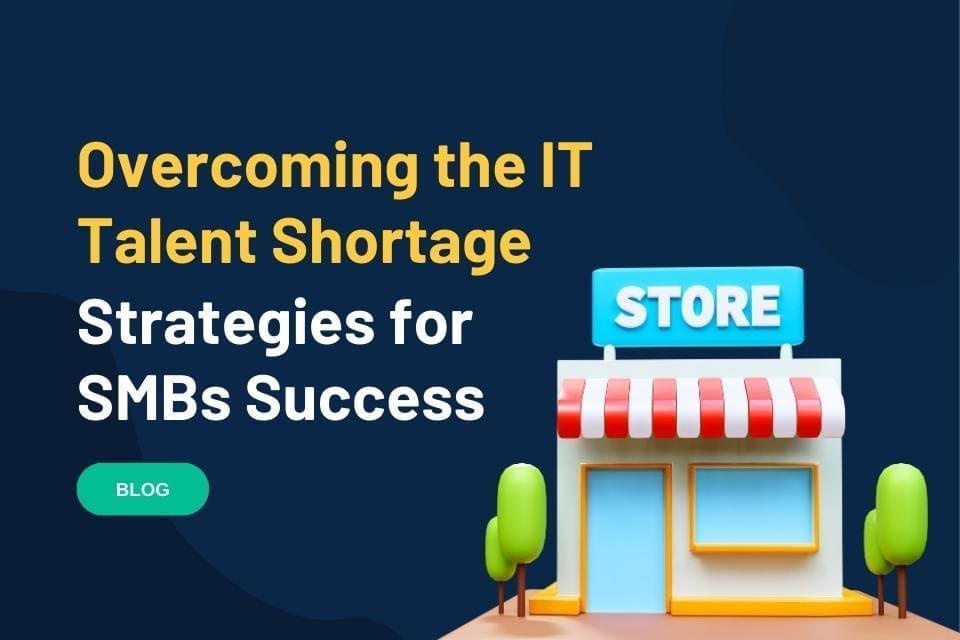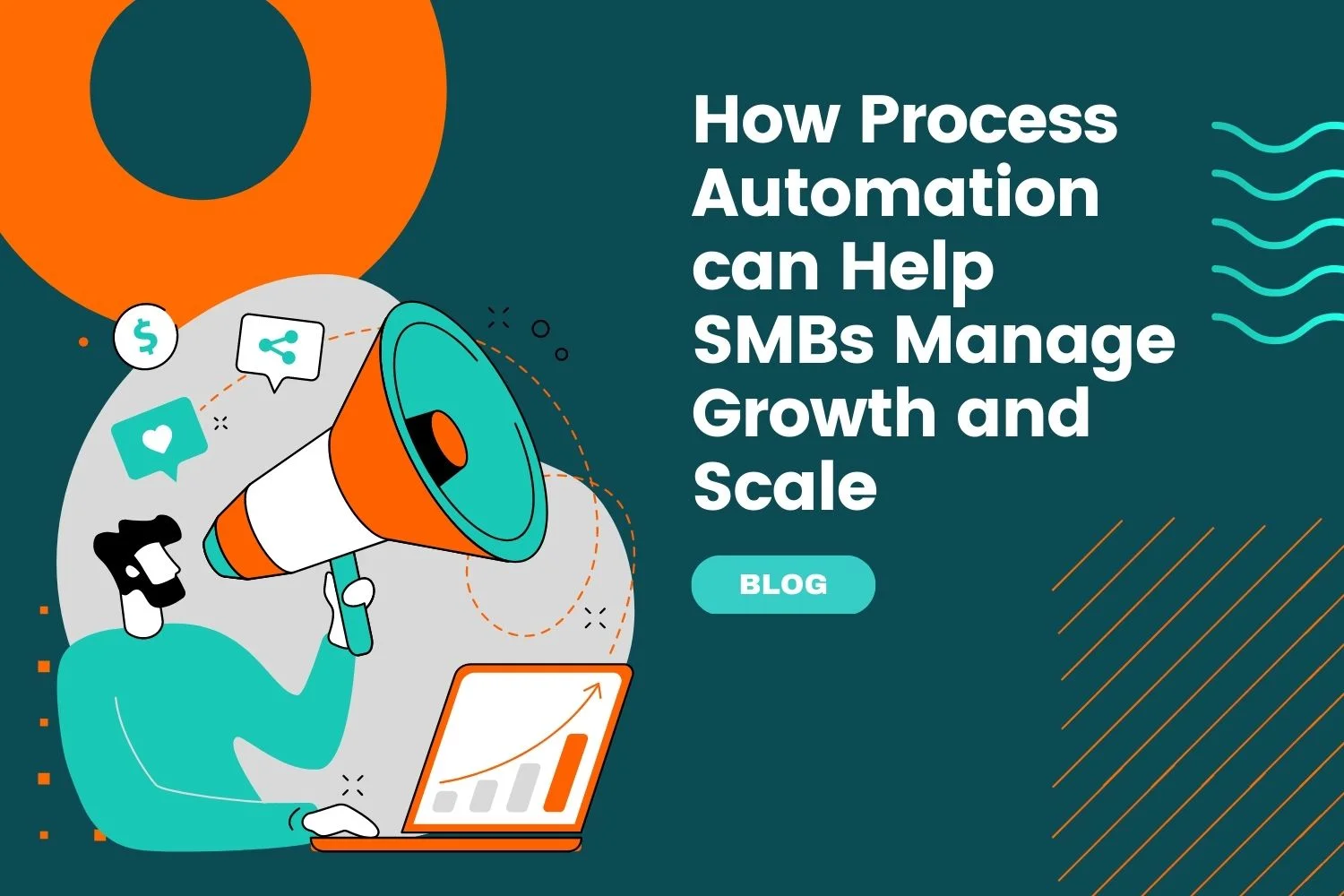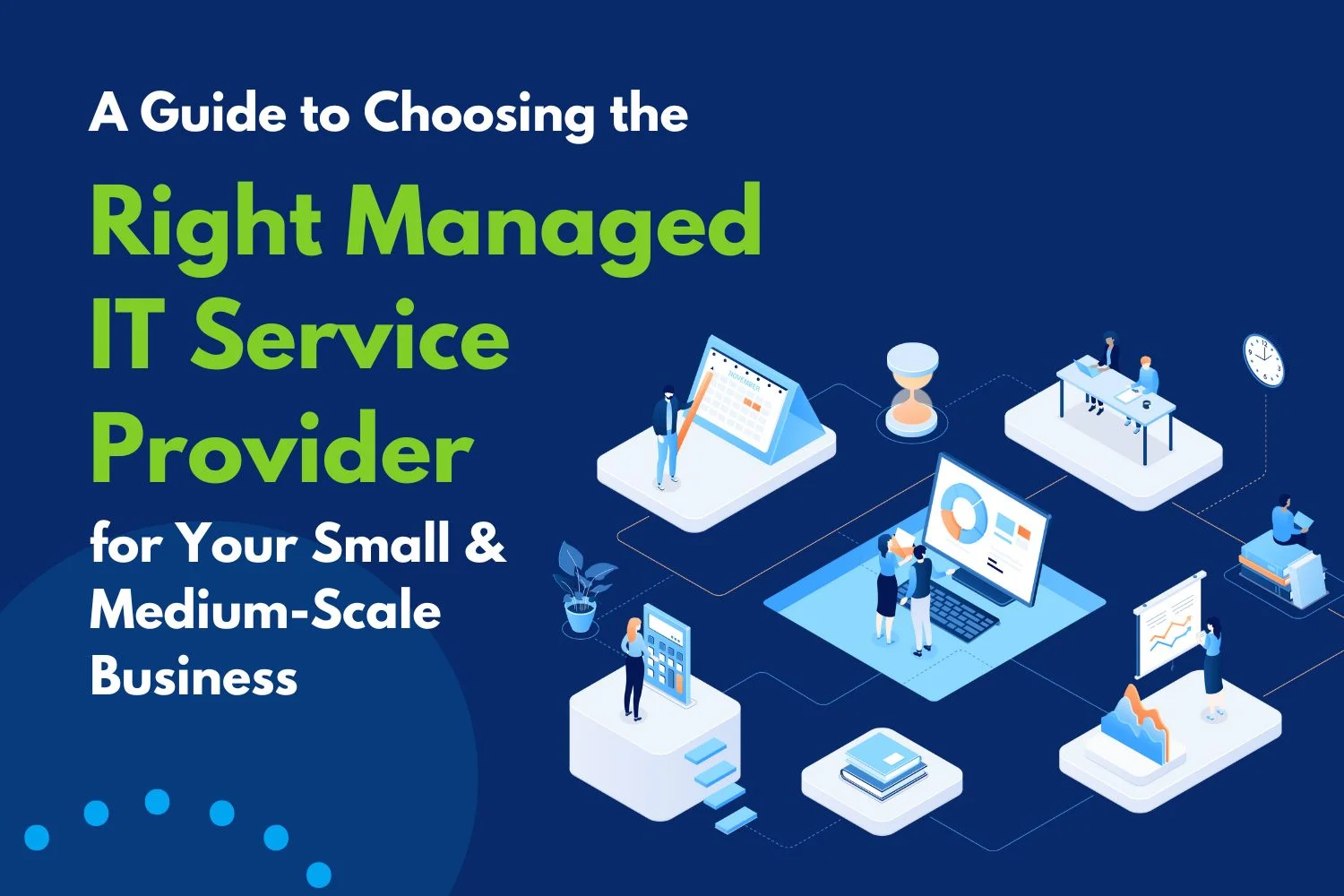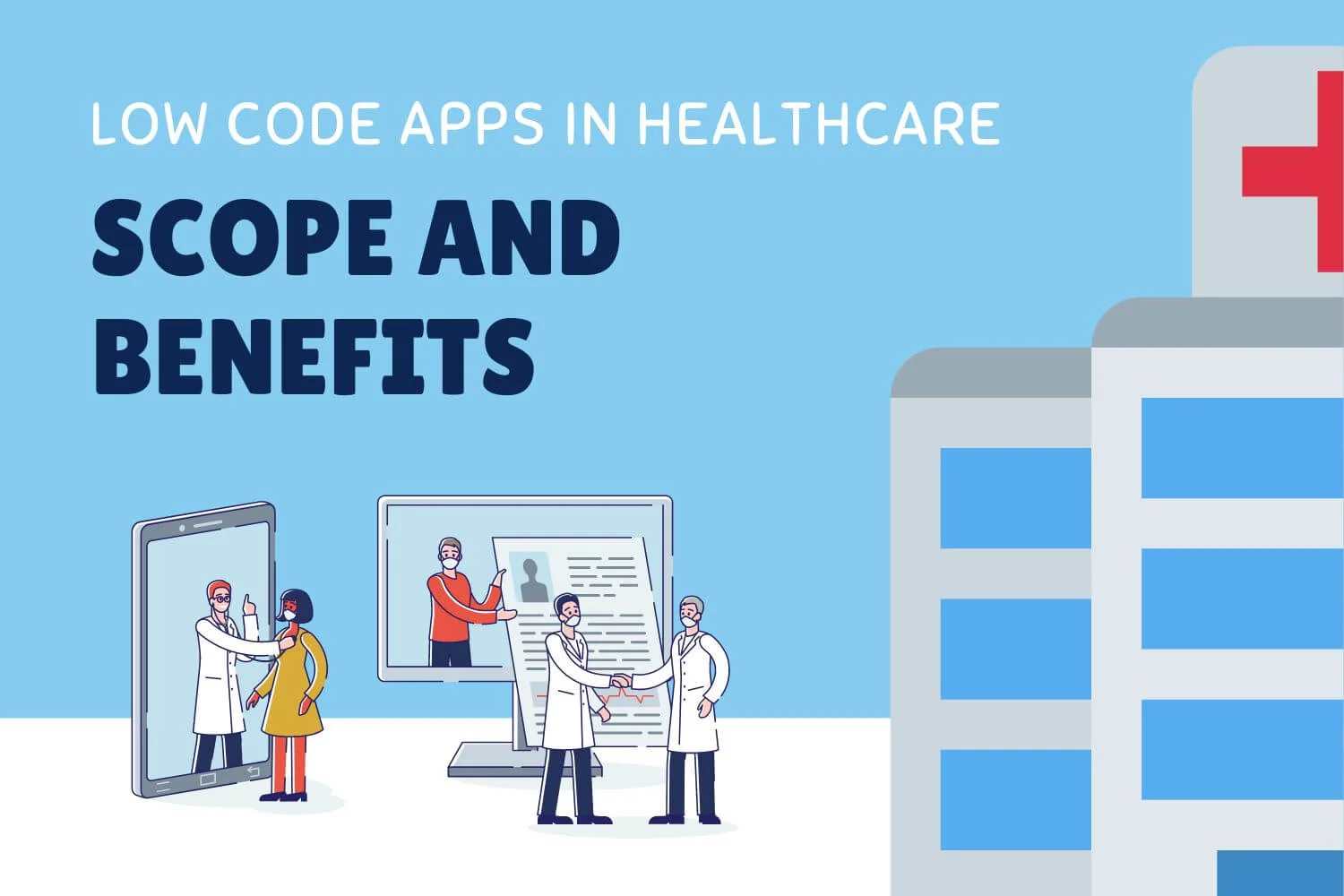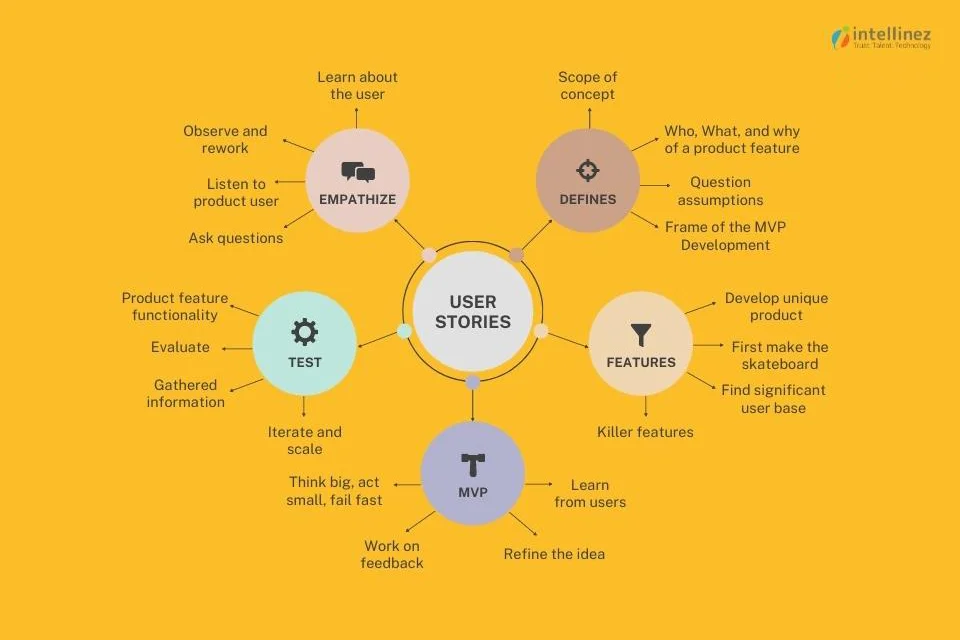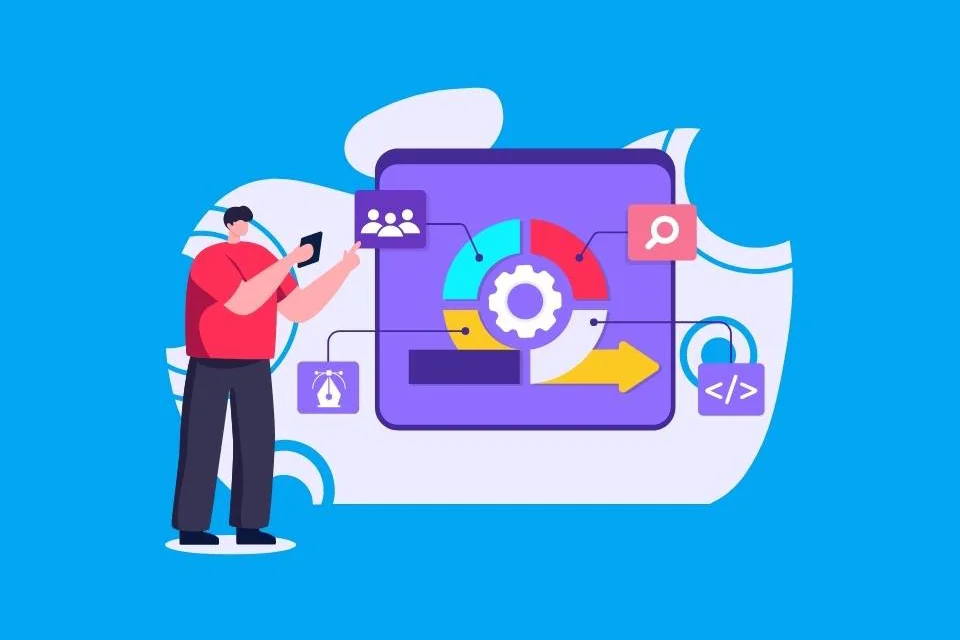In today’s fast-paced digital landscape, mobile applications play a crucial role in enhancing business operations. However, when developing enterprise applications using low-code tools, there are several common mistakes that can hinder the potential benefits they offer. In this blog, we will explore five critical low code development mistakes to avoid during the development process. By understanding and sidestepping these pitfalls, your business can create powerful, user-friendly applications that boost productivity and efficiency.
5 Low Code Development Mistakes to Avoid for Successful App Creation
Mistake #1: Neglecting Needs Analysis
One of the most significant mistakes when developing enterprise applications is not conducting a thorough needs analysis. Without understanding the specific requirements and preferences of end-users and conducting thorough audience research, businesses risk developing ineffective interfaces and wasting valuable resources.
To avoid this mistake, it is essential to invest time and effort in market research and organizational feedback. By gathering insights from potential users and stakeholders, businesses can identify their needs and align application development accordingly. Performing a comprehensive needs analysis allows businesses to optimize financial and human resources while ensuring the final application serves the organization’s requirements and fulfills the business demands.
Mistake #2: Designing an Ineffective User Interface
The user interface (UI) of an enterprise application plays a vital role in its success. Studies have shown that a majority of businesses fail due to poor user experiences. Therefore, it is crucial to prioritize creating a user-friendly interface and improving overall user experiences when developing enterprise applications.
Low-code development tools offer valuable features like drag-and-drop editors, visual workflow builders, and instant deployment capabilities. These tools empower citizen developers with little coding experience to create high-functioning and easy-to-use applications. By leveraging such tools, businesses can significantly reduce the application development cycle without exhausting organizational resources. Prioritizing an effective and mobile friendly design is crucial to ensuring the application’s success.
Mistake #3: Insufficient Research and Testing Cycles
Insufficient research and testing can be detrimental to the development of enterprise applications. Without thorough research, applications may lack the required functionalities, design elements, and user interface that meet business needs. Additionally, understanding end-users’ preferences and requirements is critical for developing successful applications.
Traditionally, testing applications at each stage of the development cycle can be time-consuming and expensive. However, low-code development platforms provide businesses with the opportunity to rapidly test various application prototypes and iterations without significant financial resources and time investments. By leveraging low-code platforms, businesses can efficiently and effectively test multiple enterprise applications, ensuring their functionality aligns with user expectations.
Mistake #4: Trying to Include Too Many Features
It is tempting for businesses to include numerous features in an application. However, cramming too many features can lead to confusion and negatively impact user experiences. Instead of focusing on quantity, businesses should prioritize determining which features best serve the needs of end-users and support short-term and long-term objectives.
By streamlining feature selection, businesses can allocate more time and resources to improving user interfaces and application infrastructures. Rather than attempting to include every possible feature, it is essential to strike a balance by incorporating limited yet adaptable and dynamic features. This approach ensures that the application remains focused, user-friendly, and efficient.
Mistake #5: Ignoring User Feedback
User feedback is an invaluable resource for software development teams. Collecting, analyzing, and implementing user feedback enables teams to improve user experiences, application design, and overall business process management.
Unfortunately, many businesses fail to recognize the power of user feedback in determining the success of an application. Studies have shown that users are more likely to abandon an application if it takes too long to load or lacks intuitive features. By combining application analytics with user feedback, development teams can exponentially improve application design and functionality, enhancing future productivity.
Low-code development tools not only help businesses create powerful custom applications but also enable citizen developers to contribute to development initiatives. Encouraging end-users to participate in the development of business applications can significantly increase user satisfaction and overall success.
Conclusion
Developing enterprise applications using low-code development tools offers numerous benefits, but it is essential to avoid common mistakes that can hinder their effectiveness. By conducting a needs analysis, designing effective user interfaces, conducting thorough research and testing, prioritizing essential features, and leveraging user feedback, businesses can maximize the potential of low-code development and create powerful applications.
Experience the power of low-code with Intellinez Systems
Team Intellinez possesses extensive expertise in leveraging low-code tools to build high-quality applications. Our team of skilled developers excels in optimizing user interfaces, conducting thorough research and testing, prioritizing essential features, and leveraging user feedback. With Intellinez Systems, you can expect top-notch low-code development solutions that deliver exceptional outcomes for your business.
Soumya Mishra
Technology Leader proficient in engineering and execution of enterprise-level IT projects and providing support services on the same. Possesses the ability to set functional and technical strategies, converting them to an achievable plan of action, and driving them to realize and achieve customer success. Passionate leader believing in leading by example, possessing strong problem-solving skills and a can-do attitude. Adept at handling cross-functional teams across the globe and motivating them to achieve outstanding and sustainable results to meet organizational goals and objectives! Guiding Quote – “Every job is a self-portrait of the person who did it, Autograph your work with excellence”






































![A Comprehensive Guide to AWS SaaS Architecture [Diagram Included] 82 Aws SaaS Architecture](http://www.intellinez.com/wp-content/uploads/2024/08/Title-image.jpg)




















